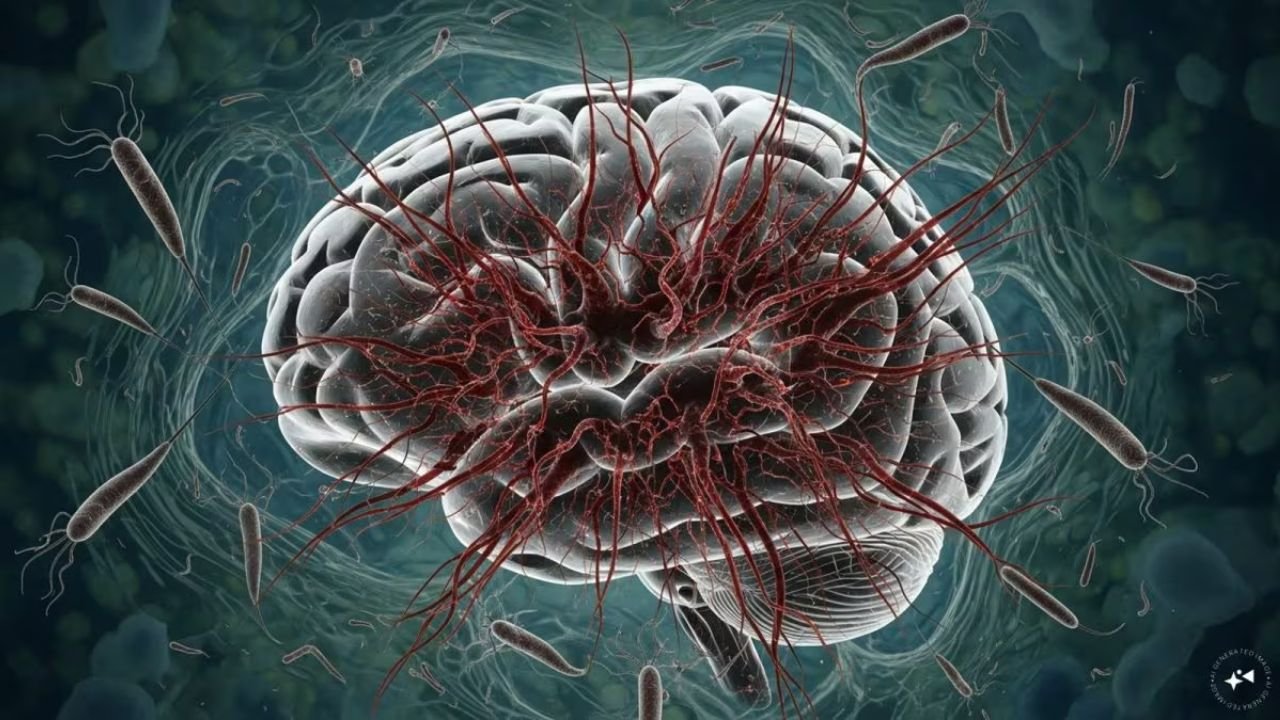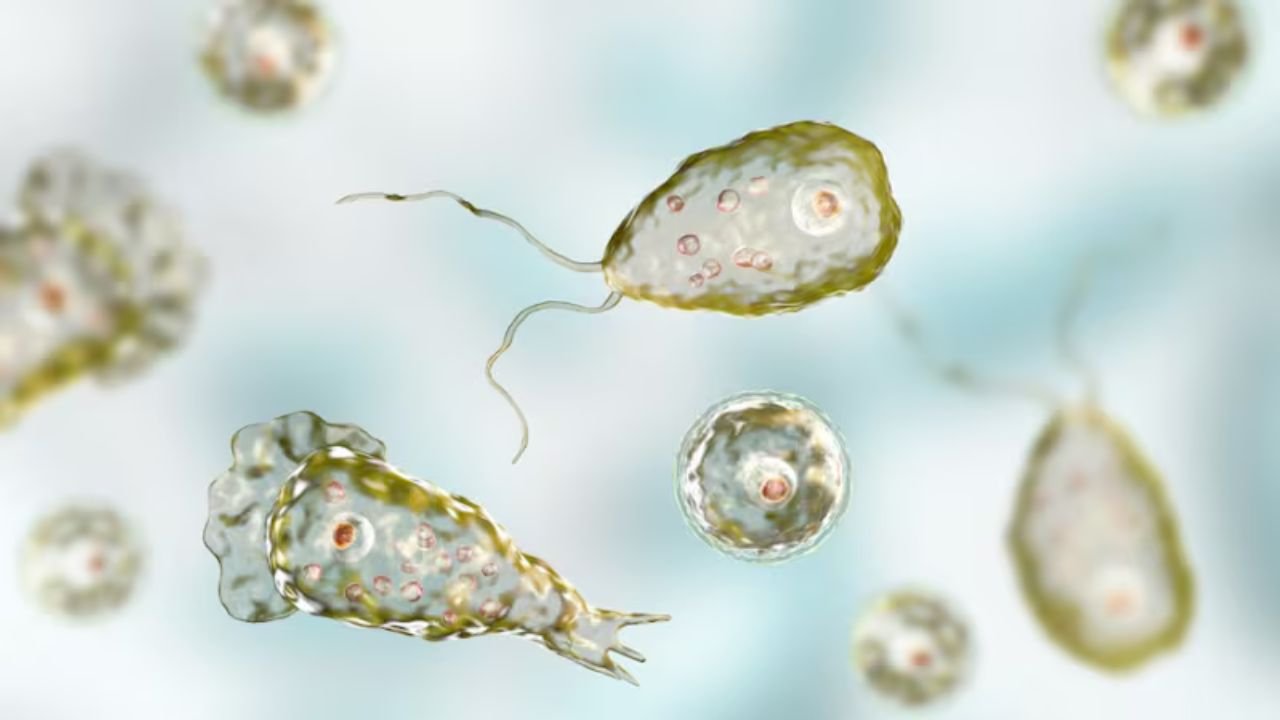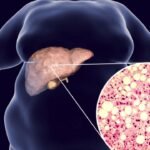Deaths from brain-eating amoeba in Kerala have raised concerns among the health department and the general public. So far this year, 61 cases have been reported in the state, with 19 deaths. The highest number of deaths has been reported in recent weeks. State Health Minister Veena George stated that Kerala is currently facing a serious health challenge. Previously, infections were more prevalent in districts like Kozhikode and Malappuram, but now they are emerging from various locations. The minister explained that this year’s situation is different from previous years. Previously, cases spread in clusters linked to a single source, whereas now infected patients are emerging from different locations, making detection and control difficult.
Brain-Eating Amoeba: Causes and Dangerous Effects
According to Dr. Ravi Shankar, a neurologist at Kozhikode Medical College Hospital, this amoeba enters the brain through the nose and causes death in 95% of cases. The scientific name is Naegleria fowleri. It doesn’t attack humans on its own, but when a person swallows water through the nose while swimming or taking a dip, it breaks down the nasal tissue and reaches the brain. There, it causes meningitis-like inflammation, which slowly eats away at the brain.
According to Dr. Shankar, it is one of the world’s deadliest infections. Symptoms appear within 1 to 9 days of infection. Initially, they appear as common flu-like headaches, fever, nausea, and vomiting, but quickly progress to more serious problems like stiff neck, confusion, seizures, and unconsciousness. If not treated promptly, death can occur within five days. The mortality rate is approximately 97%, meaning most people do not survive.

Why is the infection increasing in Kerala?
According to the Kerala Health Department, there were 36 cases and 9 deaths in the state in 2024. The number of cases doubled in 2025. This is due to rising heat, pollution of water sources, and unhygienic conditions. Ponds and other water sources in Kozhikode and Malappuram are contaminated, where people bathe or play. According to Dr. Shankar, this year his hospital received 15 patients, of whom five died, but two were saved by early detection and treatment. The state government has now begun inspecting ponds and increased chlorination.
Prevention and Timely Treatment Are Important
If you experience a headache, fever, or neck pain after swimming or playing in water, consult a doctor immediately. According to Dr. Shankar, unlike typical meningitis, neurological symptoms appear quickly in this infection. Infection can be confirmed with a CSF test, but the best course of action is prevention. Avoid swimming in warm fresh water, wear a nose clip to prevent water from entering the nose, and keep your nose closed while diving. Always use boiled or sterilized water for nasal cleansing.
If an infection occurs, begin treatment immediately. Hospitals provide IV medications, steroids, and supportive therapy, but there is currently no vaccine. Kerala is now conducting awareness campaigns in schools and communities. India has fewer than 500 cases overall, but the outbreak in Kerala has now become a cluster.







